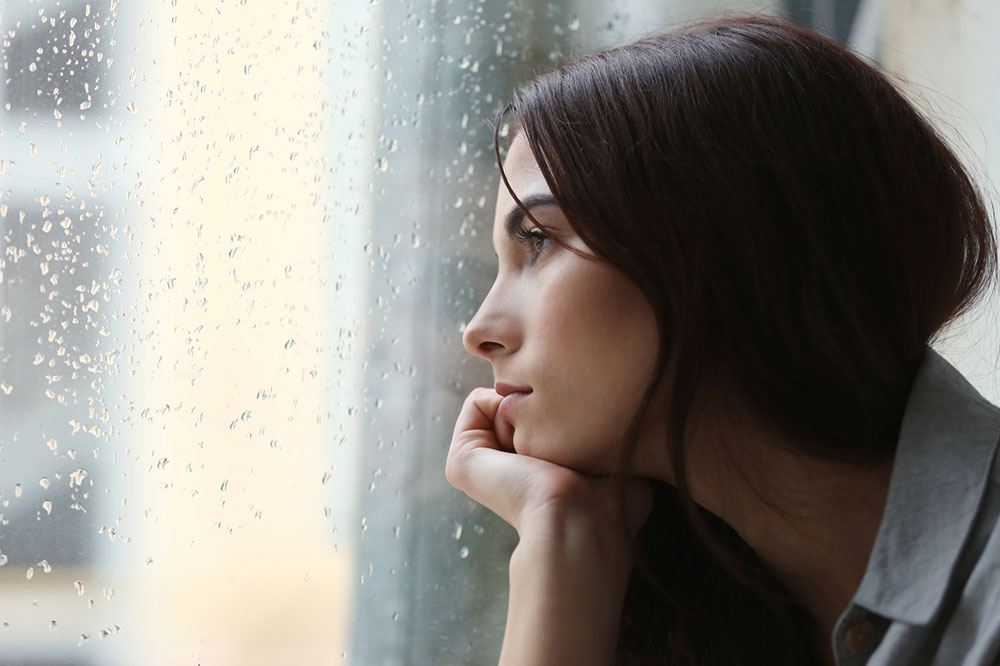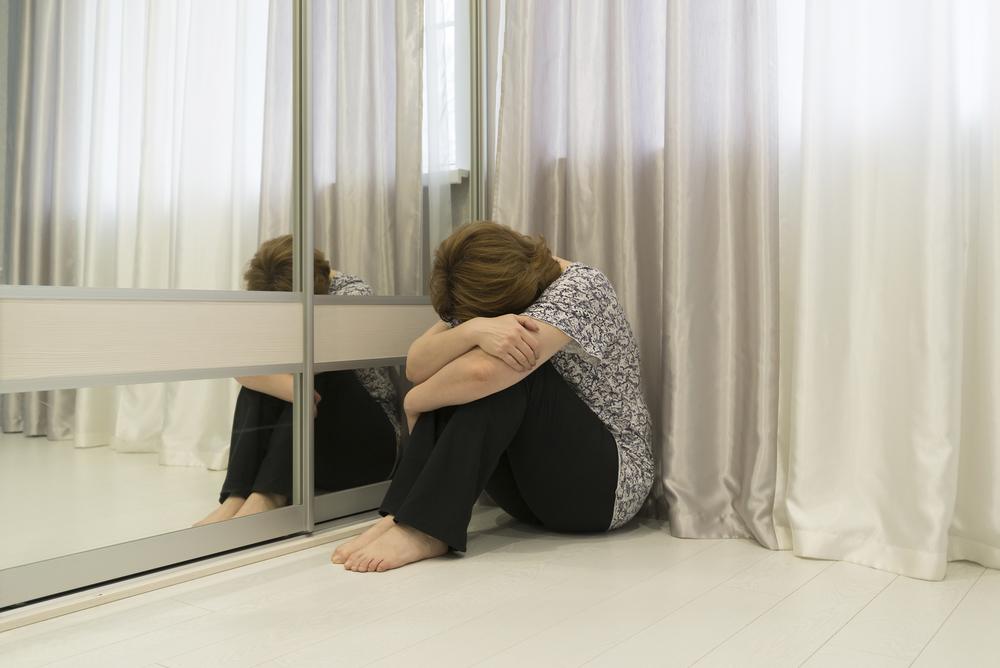Nine Common Types of Depression You Should Recognize
This article explores nine common types of depression, detailing their unique symptoms and impacts. Understanding these variations aids early recognition and effective management of mental health conditions. The guide covers clinical depression, bipolar disorder, postpartum depression, and more, emphasizing the importance of professional help. Recognizing the signs enables timely intervention, offering hope for recovery and better mental well-being.

Nine Common Types of Depression You Should Recognize
Occasional feelings of sadness or low motivation are normal. However, persistent emotional lows or disinterest may signal depression, a multifaceted mental health disorder affecting thoughts, moods, and behaviors. Symptoms can include fatigue, hopelessness, and suicidal thoughts. Recognizing the different forms of depression is essential for effective management. Here are nine prevalent types to understand, each with distinct characteristics and effects.
Major Depressive Disorder
Characterized by prolonged periods of sadness or disinterest in daily activities, lasting at least two weeks. Symptoms may include exhaustion, despair, and thoughts of self-harm.
Persistent Depressive Disorder (Dysthymia)
A long-term, chronic condition that can impact daily life and relationships. Individuals often feel pessimistic and struggle to experience happiness, even in pleasant situations.
Bipolar Disorder
Involves dramatic mood shifts from manic highs to depressive lows within weeks. Episodes of depression often occur before or after manic phases, disrupting normal functioning.
Postpartum Depression
Happens after childbirth due to hormonal changes, leading to sadness, tearfulness, and tiredness. Symptoms often improve within weeks after birth.
Seasonal Affective Disorder
Depression triggered by seasonal changes, especially during winter months. Symptoms can intensify, leading to suicidal thoughts as the season advances.
Psychotic Depression
Severe depression that includes hallucinations and delusions, causing a disconnection from reality along with typical depressive signs.
Premenstrual Dysphoric Disorder
A cyclic disorder linked to hormonal fluctuations, affecting about 5% of women. It can cause intense mood swings and interfere with daily activities and relationships.
Atypical Depression
This form features mood improvements after positive events but also oversleeping, overeating, irritability, and relationship difficulties, presenting in less traditional ways.
Situational Depression
Known as reactive depression, it occurs after traumatic events such as loss or major life changes, typically resolving over a short period.
Note:
This informational content regarding depression symptoms and treatments is for educational insights only and should not replace professional medical advice. Always seek guidance from qualified healthcare providers for diagnosis and treatment options. Exercise caution and consult experts instead of relying solely on this information.


